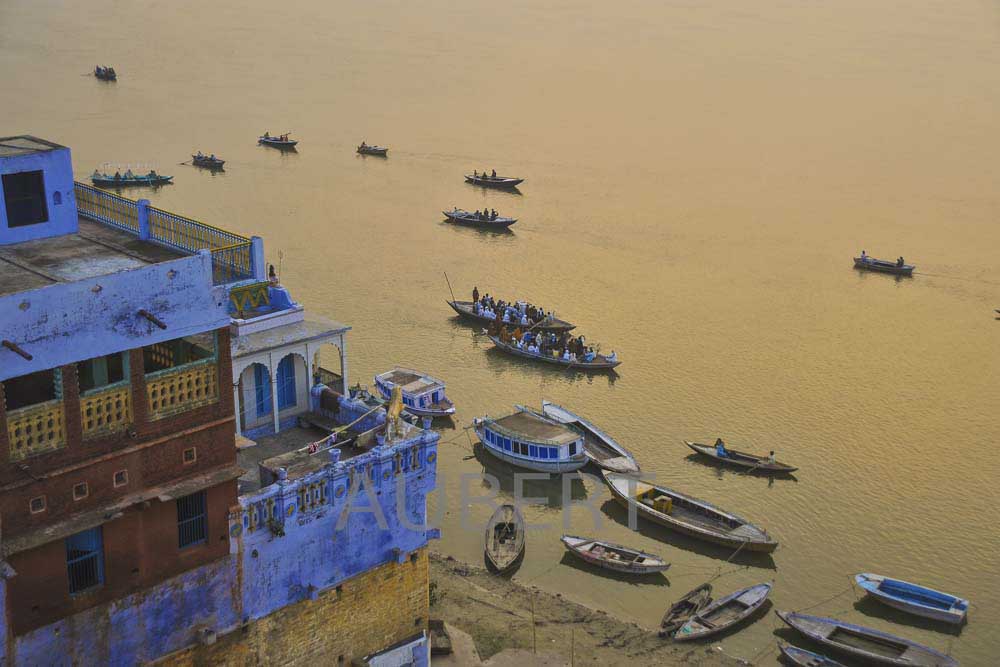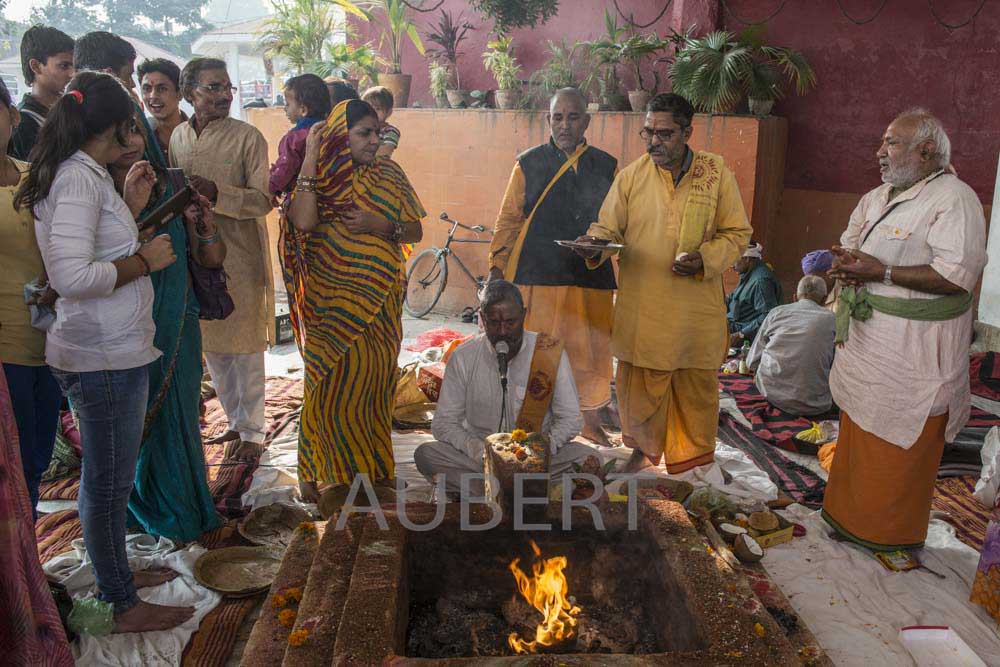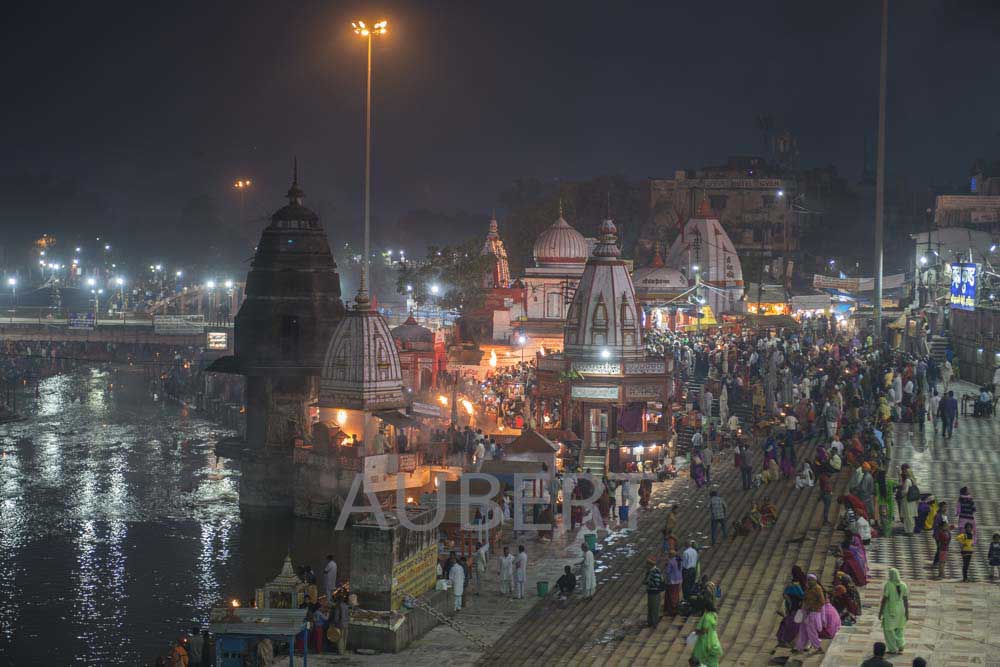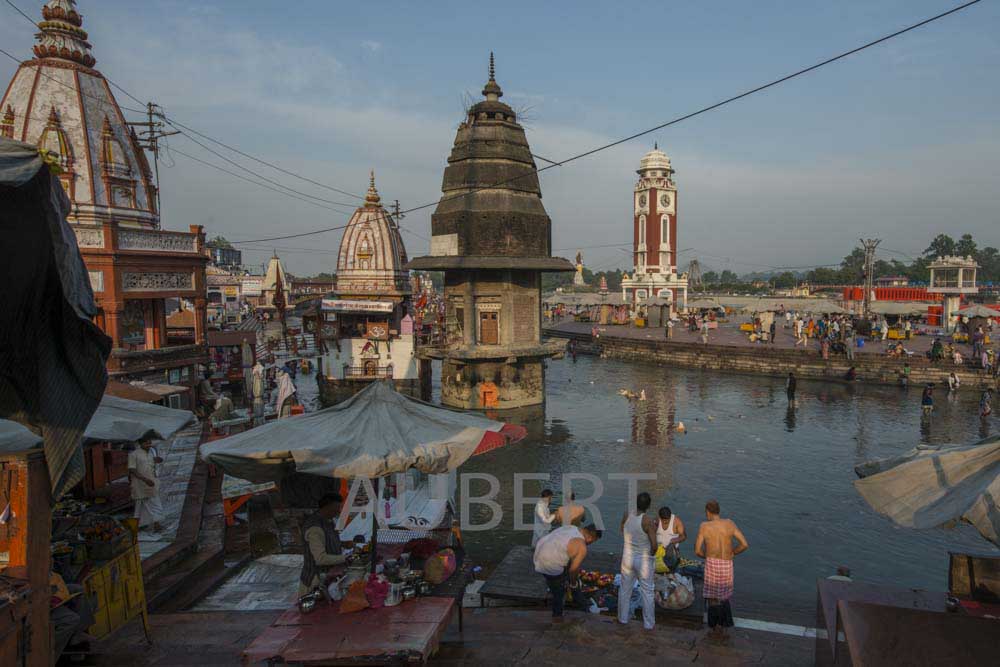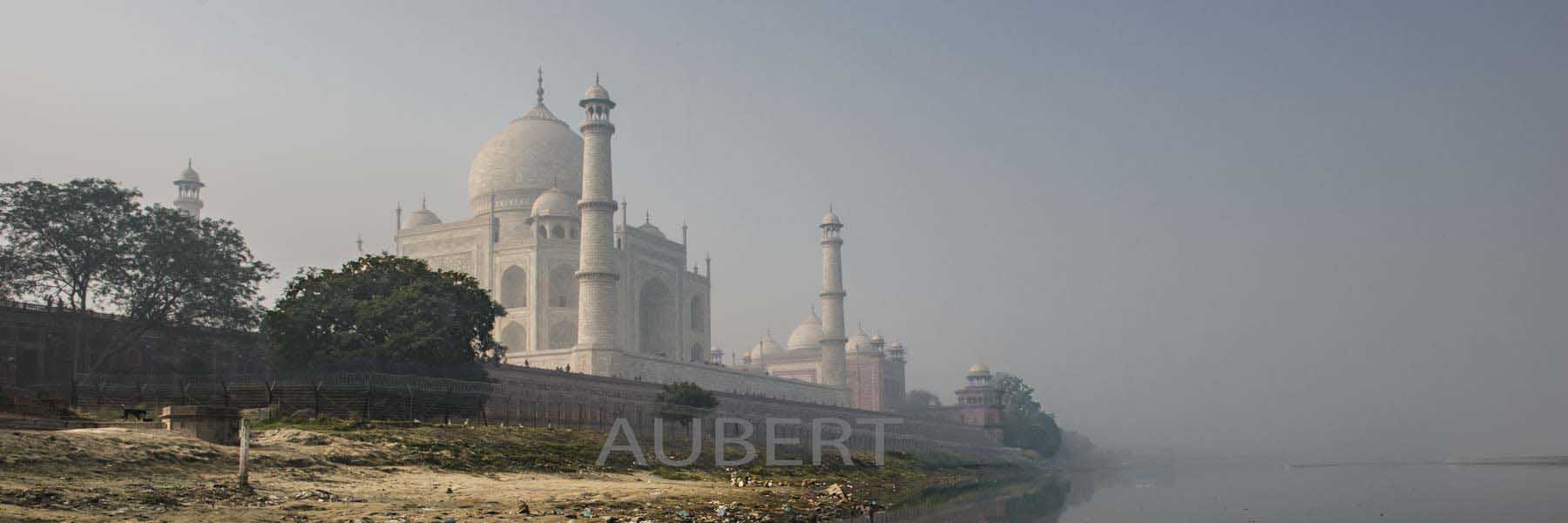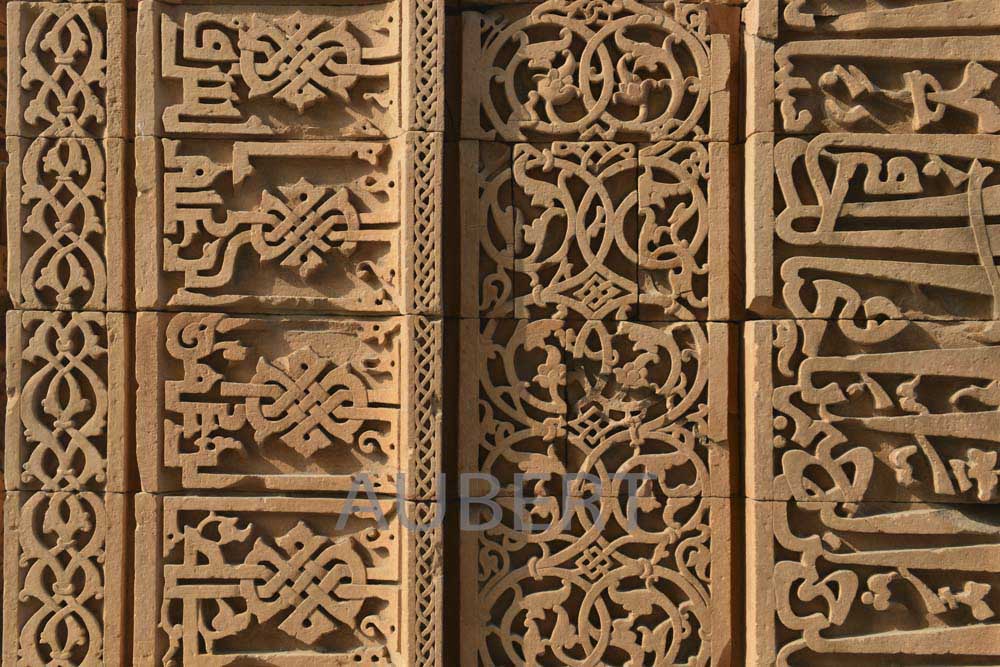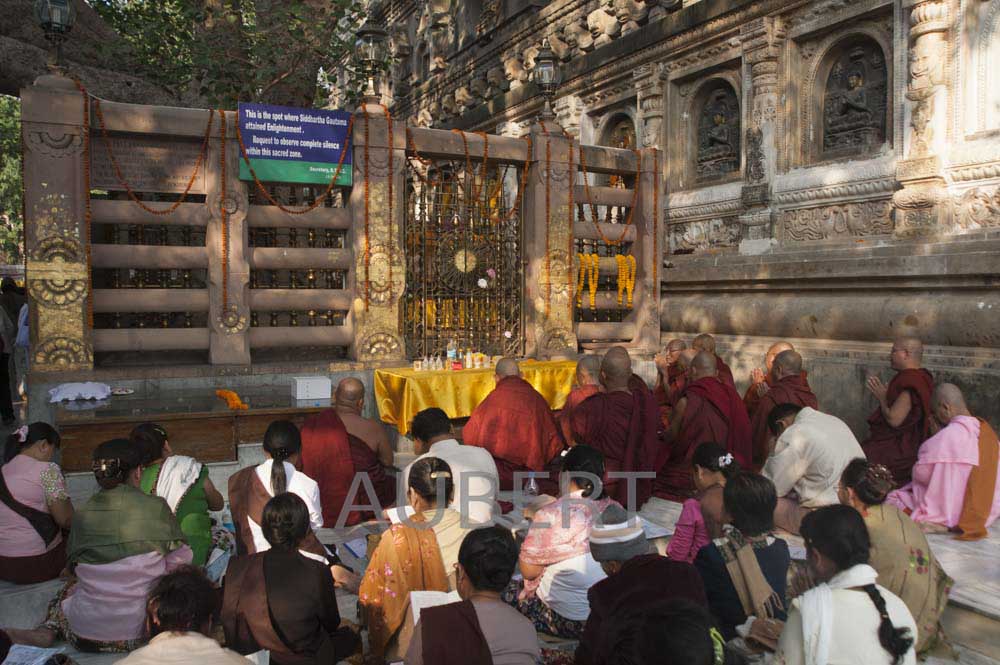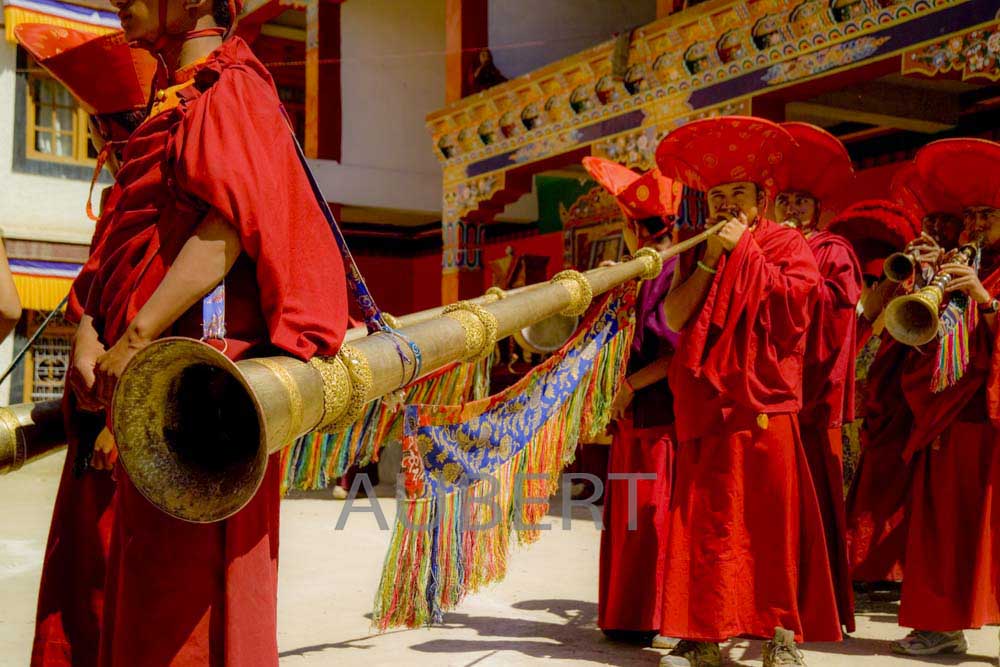Project Description
.
Wer Indien bereist, wird die Begegnung mit der tiefen Religiosität seiner Bewohner als bleibende Erinnerung mit nach Hause nehmen. Alle großen Weltreligionen haben auf dem Subkontuinent ihre Spuren hinterlassen und sind hier nach wie vor tief verwurzelt.
Traveling through India is also a daily encounter with deep religiousness. Already for a long time all great religions have their roots on the subcontinent and are an essntial part of the daily life still today
HINDUISMUS / HINDUSIM
Der Hinduismus ist die heute vorherrschende Religion in Indien. In ihrer Urform, dem Vedismus, entstand sie bereits um 1500 v. Chr., hat mittlerweile jedoch zahlreiche Ausprägungen erfahren, die nicht zuletzt in einer vielfältigen Götterwelt zum Ausdruck kommen.
Hinduism is the predominant religion in India. Its prototype, the Vedism, dates back to the second half of the first millennium BC. Meanwhile Hinduism exists in many manifestations, last but not least characterized in an abundant pantheon of gods and goddesses.
Varanasi
SIKH RELIGION / SIKH RELIGION
Der Skhismus wurde Ende des 15.Jh. von Guru Nanak im Punjab mit dem Ziel gegründet, den Hindusmus und den Islam zu verbinden. Kultmittelpunkt ist der „Goldene Tempel“ in Amriatsar
The Sikh religion was founded by Guru Nanak at the end of the 15. Century with the aim of combining Islam and Hinduism. The central place of worship is the „Golden Temple“ in Amritsar
Amritsar
ISLAM
Der Islam kam im Gefolge der Eroberungszüge im 13. Jh. auf den Subkontinent und dominierte bis zur Britischen Kolonialzeit viele Jahrhunderte Nordindien.
Islam came to the subcontinent following the invasions beginning in the 13. century. The relgion dominated northern India till the Britisch colonial period.
BUDDHISMUS / BUDDHISM
Die Lehre des Buddhismus wurde im 6.Jh vor Chr. durch Gautama Buddha in Indien verbreitet, fand bald aber auch Anhänger in vielen Ländern Süd- , Südost- und Ostasiens. Ein Grundpfeiler ist der Edle Achtfache Pfad, auf dem der Mensch sich vom Kreislauf der Wiedergeburten lösen und ins Nirwana eingehen kann.
Buddhism was established through Gautama Buddha during the 6. century BC in northern India. Later it became popular in many countries of Southeast Asia and the Far East. One of the main principles is a life according to the Noble Eightfold Path which will lead to the Nirwana, the liberation of the reincarnation.


